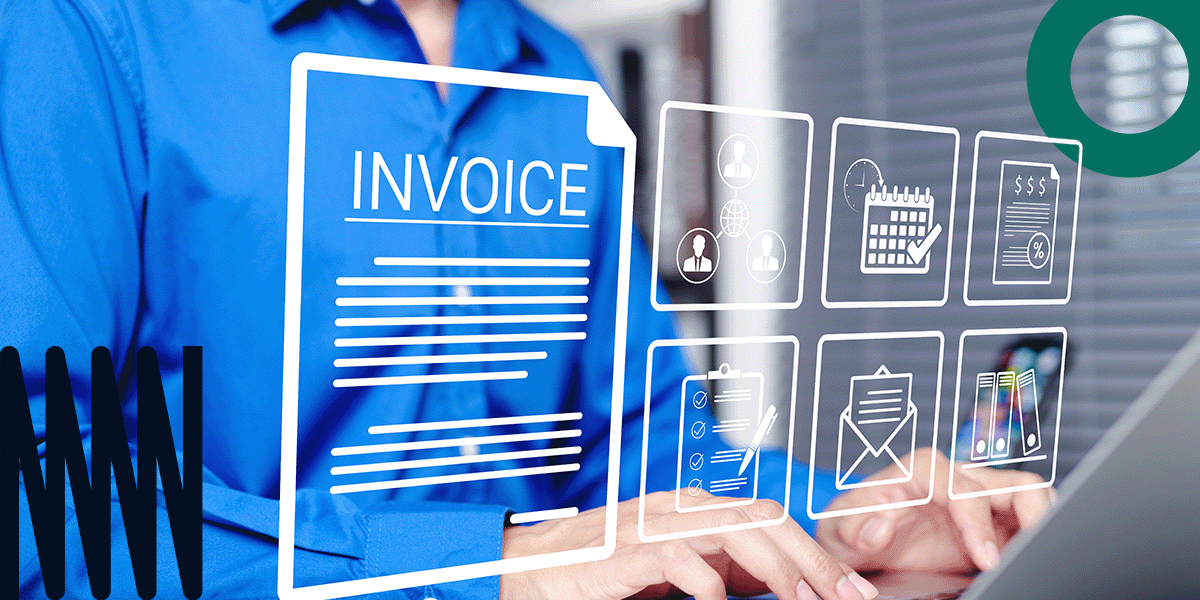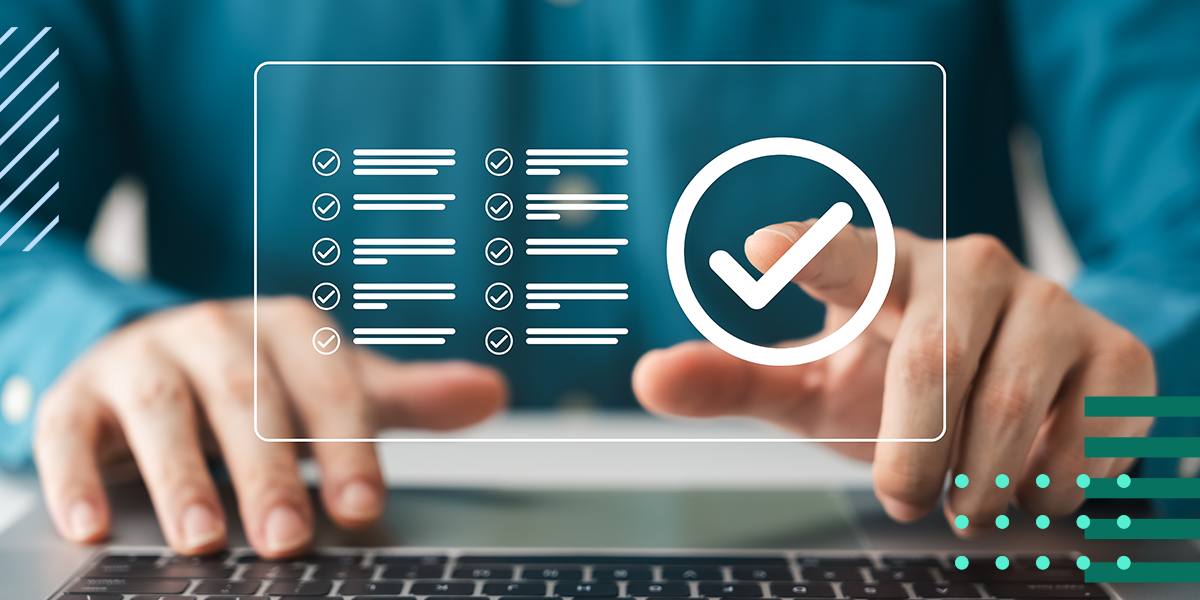Future-Proof Enterprise eInvoicing with Experlogix Document Automation

If your organization operates in B2B (business-to-business) and B2G (business-to-government) across Europe, you’re likely aware that the EU is moving to require electronic invoicing in structured, machine-readable formats for transactions with public sector bodies and increasingly between businesses. Under the e-Invoicing mandate (Directive 2014/55/EU) the transition is set to span the 2025-2027 time frame for full B2B/B2G invoicing across member states.
Experlogix Document Automation is responding to this challenge with powerful new features designed to make compliance straightforward and efficient.
Why the Time Is Now to Modernize Invoice Workflows
With implementation deadlines approaching rapidly across EU member states, now is the time for affected organizations to assess their invoicing processes and implement compliant solutions. This means businesses can no longer simply send PDF invoices via email and call it “electronic invoicing.” Instead, EU regulations now mandate specific formats, based on Universal Business Language (UBL), such as PEPPOL BIS 3.), XRechnung, or hybrid PDFs like ZUGFeRD (PDF/A3 containing embedded XML).
Invoices (and credit notes) between resifent companies of a EU member state must comply with local flavor standards. Failure to do so may block procurement processes, delay payments, or create audit non-conformance. The penalties for non-compliance, including rejected invoices, delayed payments, and potential regulatory sanctions, make proactive preparation essential.
At the same time, many enterprises while preparing to comply with the new regulations still prefer to also deliver human-readable invoice versions while simultaneously satisfying machine-readable data format expectations. This duality puts pressure on automation, data transformation, workflow orchestration, and system integration.
It is important to note that even enterprises based outside the EU, who are not formally required to comply with the electronic invoicing mandates, should anticipate that their European B2B and B2G customers may increasingly demand standardized procurement processes. As EU regulations become the norm, many organizations within the EU are likely to require their non-EU suppliers to also submit invoices and credit notes in approved structured formats, in order to streamline operations and maintain consistency across their supply chains. Proactively preparing for these requirements can help non-EU companies remain competitive and avoid potential disruptions in doing business with European partners.
The Challenge of eInvoicing Compliance
Organizations affected by these regulations face several complex requirements:
Structured data formats: Invoices must contain machine-readable structured data, not just visual representations of invoice information. This enables automated processing by government systems and business partners.
Multiple format support: Different member states and business partners may require different formats; UBL XML files such as PEPPOL BIS 3.0, XRechnung, ZUGFeRD PDF, Factur-X.
Cross-border consistency: Companies operating across multiple EU countries need solutions that work uniformly across jurisdictions while respecting local requirements. Even though the general expectation is that the EU will ultimately standardize on a single format across all member states, in this phase of the implementation requirements, supported formats and penalties for non-compliance may differ from member state to member state.
Standardized delivery: EU eInvoicing regulations require standardized, secure, and efficient transmission of invoices and credit notes between trading partners. This ensures interoperability and compliance across borders while enabling automation and auditability.
Examples of national mandates:
- Belgium – All businesses and government entities must establish a connection to the PEPPOL network via an accredited access point. This means that both B2B and B2G invoice streams must be delivered through the PEPPOL network.
- Netherlands & Norway – Public sector suppliers are required to use PEPPOL for eInvoice delivery.
- Germany – eInvoices must be sent via central government platforms that are PEPPOL-enabled or compatible with local standards like XRechnung.
Integration with existing systems: eInvoicing capabilities must connect seamlessly with ERP systems, accounting platforms, and existing document workflows without requiring complete system overhauls.
Technical teams therefore need a solution that:
- Takes invoice data (often from ERP or consolidation systems) and transforms it into the required structured e-Invoice format.
- Embeds or attaches the human-readable invoice so recipients can see/print it;
- Supports the delivery/distribution channel (email, API, portal, EDI), storage and audit trail
- Can adapt to changing local formats and rules (PEPPOL BIS 3.0, XRechnung, ZUGFeRD, Factur-X) without substantial bespoke coding.
- Integrates into existing ERP/CRM or document automation platforms so you don’t rebuild entire workflows.

Why Experlogix Document Automation has Entered the Chat
Experlogix Document Automation is an enterprise-grade document automation platform. It supports no/low code template building, connectors to major systems, and visual drag & drop flow orchestration. It now includes native capabilities specifically designed to address EU eInvoicing compliance. These new features reduce manual effort, minimize compliance risk, and integrate directly into automated document workflows.
Experlogix Introduces New e-Invoicing-Specific Capabilities
- Convert Data to File Flow Block
The first new capability transforms UBL invoice data into a structured file that can be distributed to customers, tax authorities, or business partners. This flow block takes invoice data from connected sources or transformation services and stores it as a file
This flow block is especially valuable when your system of record can already generate data in the required e-invoice format. Instead of needing to transform or reformat the data, the block simply captures the output as a file, enabling seamless integration into your automated workflow. Once stored, this file can be used in subsequent flow blocks for further processing, distribution, or compliance checks, streamlining the overall document automation process.
- Convert to eInvoicing Flow Block
The second new flow block addresses one of the most practical challenges in eInvoicing: balancing machine readability with human usability. The convert to eInvoice block solves this by creating a hybrid file that either packages the machine-readable data as an attachment into a tagged PDF file (ZUGFeRD) or the other way around (PEPPOL BIS 3.0 XML with embedded PDF).
This flow block takes an existing invoice or credit note document along with corresponding UBL data and generates a fully compliant hybrid file. The result is a single file that satisfies both regulatory requirements and practical business needs. Recipients can view, print, and file the invoice like any PDF, while their systems can automatically extract and process the embedded structured data
- UBL Connector
Experlogix now offers a powerful UBL connector that supports all standardized UBL data sets, ensuring compatibility with a wide range of eInvoicing requirements. This connector can be paired with flow triggers to automatically fetch data from connected systems capable of exporting invoice information in the UBL format. The first implementation of the UBL connector is designed to work seamlessly with Microsoft Dynamics 365 Finance & Operations (F&O), making it easy for organizations using F&O to leverage their existing data for eInvoicing compliance.
With this new flow block, users can pull invoice records directly from their F&O environment and generate structured UBL data sets needed for electronic invoicing. Once the data is extracted, it can be processed further within the Experlogix workflow, either by using the “Convert Data to File” block to store the UBL data as a compliant XML file, or by utilizing the “Convert to e-invoice” block to create a hybrid document that combines both human-readable and machine-readable formats.
Combined, these capabilities allow you to automate the process of:
- Collecting data in the supported format from Microsoft Dynamics 365 F&O and other ERP systems to follow, without any further need for conversion
- Creating an e-invoicing compliant XML file
- Converting your classic invoice into a regulatory compliant hybrid format to support both human and machine readability.
Depending on the delivery requirements of the member states, you can set up your flows to deliver your eInvoices by email or, if delivery through a regulated network like PEPPOL is required; drop them in a hot folder or send an automated processing request to the API of your accredited access point.
A Complete Compliant Solution
These new capabilities support the practical invoicing scenarios that regulated businesses face daily. They integrate with the platform’s existing automation features providing a strong foundation for eInvoicing compliance.
With Experlogix Document Automation eInvoicing becomes a natural extension of existing document automation workflows. Experlogix eliminates the need for standalone compliance tools or manual conversion processes. The result is a unified, automated framework that extends your existing document workflows to meet evolving EU mandates without added complexity.
Additionally:
Reduced manual work and risk – Manual conversion of invoice data to structured formats is error-prone and difficult to govern, automation mitigates this.
Compliance readiness – Built-in connectors and flow blocks help tackle the challenge of meeting structured data obligations across EU markets.
Scalability and flexibility – Flows are visual, modular, and extensible; you can add business logic to support many country formats and buyer types without reinventing your document processes.
Integration into existing systems – Experlogix provides plug-and-play connectivity to the most common ERP/CRM systems, Microsoft Power Automate, and an Open REST API to easily integrate into your existing software landscape.
Auditability and governance – Centralized management, versioning, logging features support enterprise requirements around document retention, audit trails, and regulated business.
Future-proofing – as new formats or delivery requirements emerge as member states embark on the e-invoicing journey, you can adapt your flows rather than build from ground up.
Looking Forward
For most enterprise B2B and B2G organizations operating across Europe, the expansion of the EU e-invoicing mandate presents both a regulatory obligation and an opportunity to modernize and automate your invoice workflows.
Experlogix Document Automation’s newly introduced capabilities; “Convert Data to File” and “Convert to e-invoice” and the direct “UBL connector” for ERP systems like Microsoft Dynamics 365 F&O, directly address the core technical challenge of generating compliant machine-readable invoice formats while maintaining human-readable invoices. When combined with the solution’s existing strengths (plug -and-play connectors, no-code/low-code flow building, intuitive template design, business-logic driven delivery and archiving), you gain a robust platform for e-invoicing compliance, scalability across countries, and operational efficiency.


